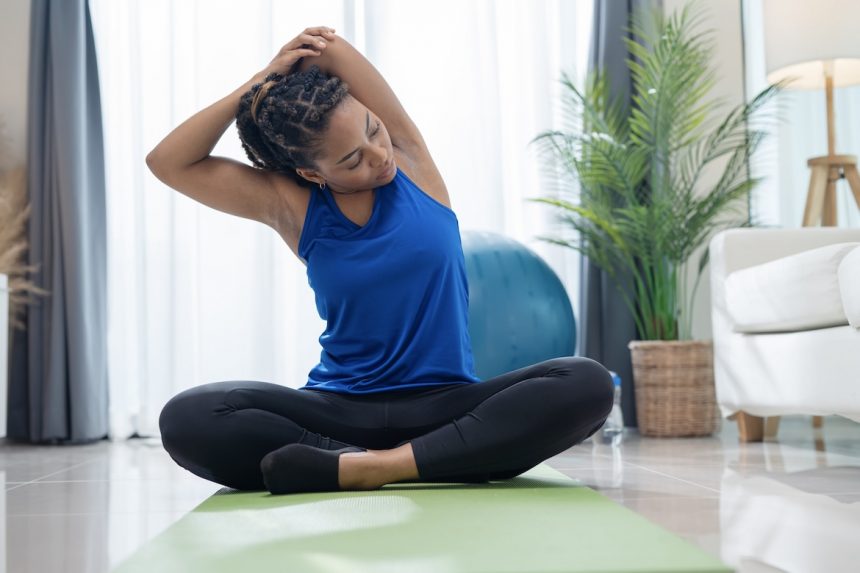If you’ve ever experienced tension in your shoulders and neck from sitting in front of a computer or reaching for something off a shelf, your trapezius muscles may be to blame. These important muscles play a key role in proper posture and various movements of the head, neck, shoulders, and arms. To keep your traps relaxed, flexible, and free from injury, physical therapist Kelly Pearce Baez recommends incorporating trapezius stretches into your daily routine. Regular stretching can help prevent pain, tension, and even tension headaches caused by tight traps.
The trapezius muscle, named for its trapezoid shape, extends from the base of your neck to your shoulders and down your back. Divided into three parts—the upper, middle, and lower trapezius—these muscles work together to assist with rotation, elevation, depression, and bending. Proper stretching is crucial for maintaining optimal trap function and preventing discomfort and limited range of motion.
By adding trapezius stretches to your daily routine, you can improve your posture, reduce tension headaches, and enhance your ability to perform everyday tasks with ease. Pearce Baez recommends incorporating stretches like the chop pattern stretch, cross-body shoulder stretch, chin-to-shoulder stretch, and ear-to-shoulder stretch into your routine one to two times a day. Remember to hold each stretch for 30 seconds and avoid stretching to the point of pain.
Incorporating these trapezius stretches into your daily routine can help keep your traps healthy and functioning at their best. Show your traps some love by taking the time to stretch them every day.






